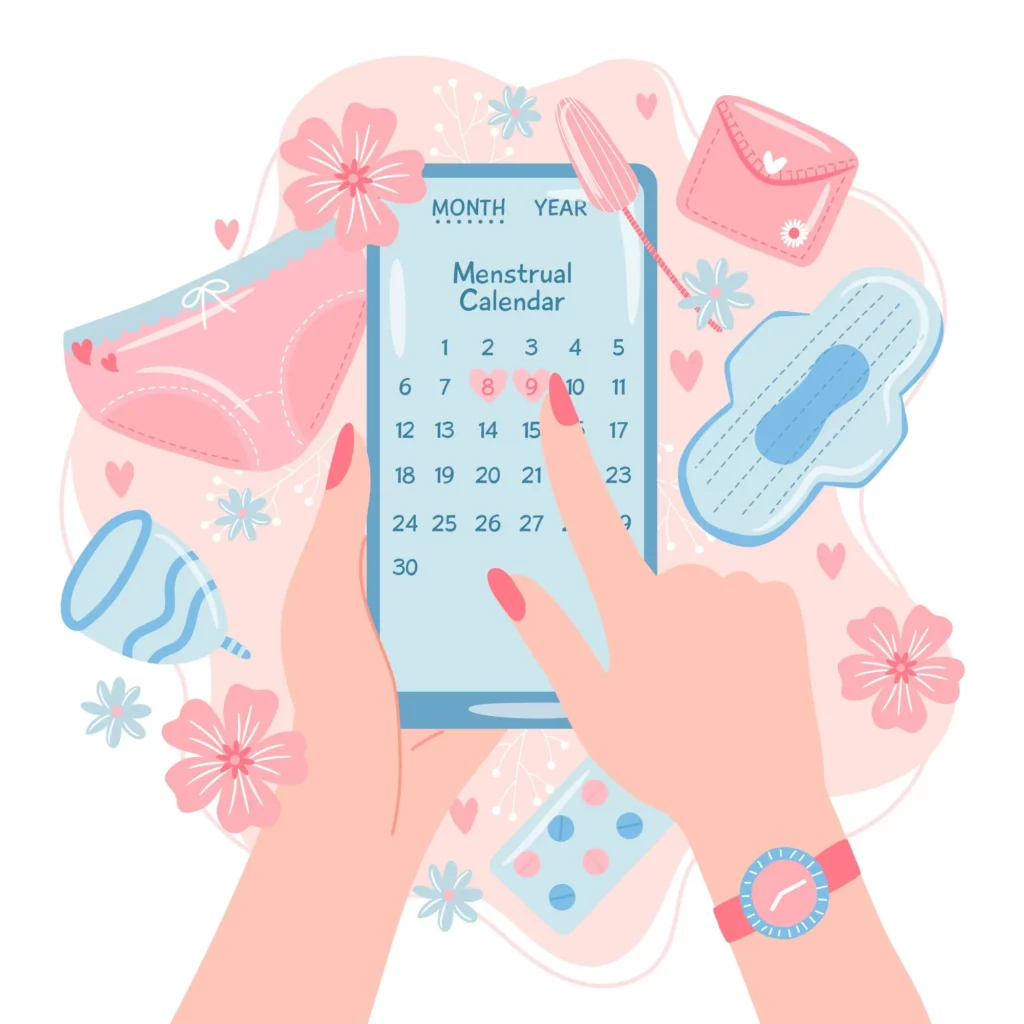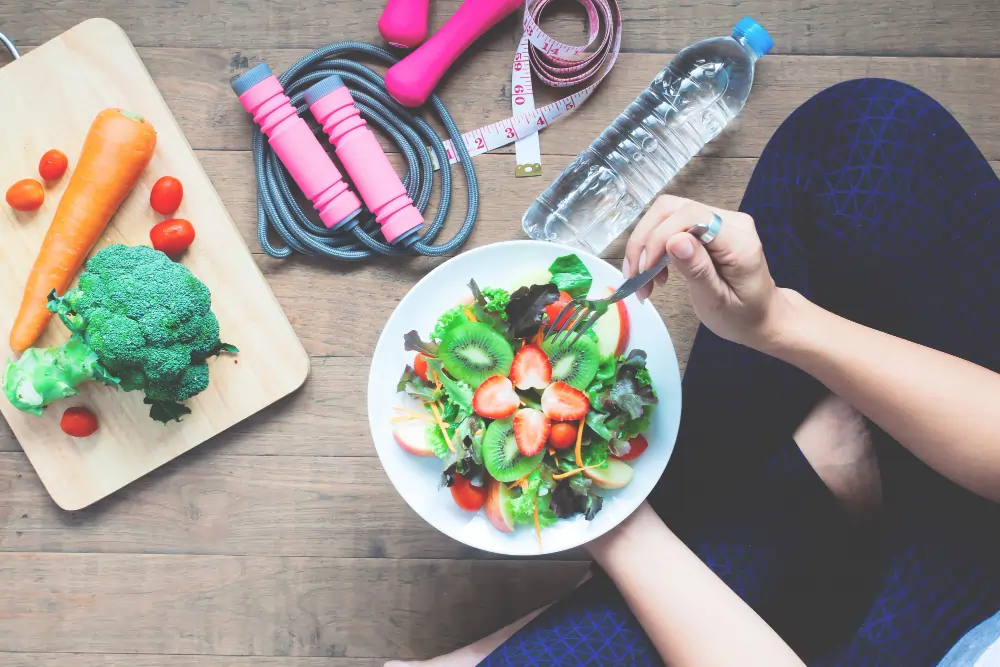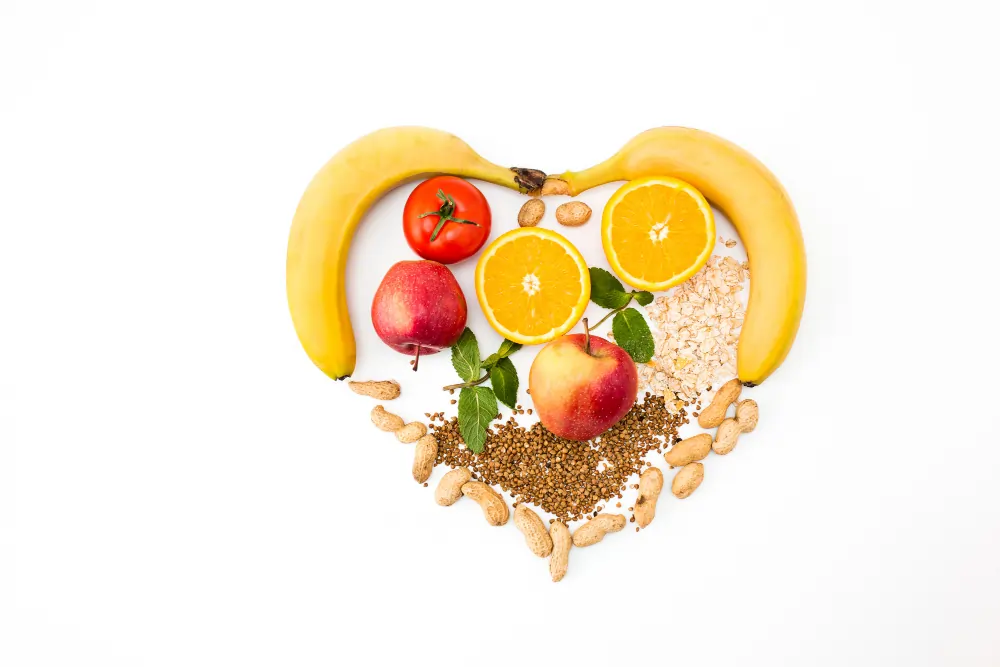A female experiences fluctuating energy levels through the month as, our hormone levels keep fluctuating throughout our phases of the menstrual cycle.Syncing our diet and exercise according to these phases is nothing but “Cycle Syncing”.
Infradian Rhythm
Most of us have probably heard about the Circadian Rhythm which is basically a 24 hour biological clock running inside our bodies which regulate our sleep-wake pattern. Women, on the other hand also have to undergo Infradian Rhythm.
What is Infradian Rhythm?
So, In simple words,an infradian rhythm is a cycle that exceeds the circadian rhythm, or daily cycle.The infradian rhythm generally affects six different systems of the body — brain, metabolism, immune system, microbiome, stress response system and reproductive system — and women benefit when they eat, exercise, and work in ways that support their infradian rhythm.
The most commonly discussed human infradian rhythm is the menstrual cycle.
Menstruation is the cyclic, orderly sloughing of the uterine lining, in response to the interactions of hormones produced by the hypothalamus, pituitary, and ovaries.

The female menstrual cycle is a complex cycle involving various hormones and has the following 4 phases namely Menstrual Phase, Follicular Phase, Ovulatory Phase and Luteal Phase.
The nutrient needs differ in each stage and thus proper nutrition is required to cater these requirements at every stage.
Menstrual Phase
In this phase,the uterus begins to shed the endometrial lining due to decreased levels of estrogen and progesterone and results in the normal vaginal bleeding.Lasts for about 2-7 days.
Many of us resonate with periods of agony,misery,mood swings,joint pain,exhaustion. It is natural to have low energy levels but nutrition can be a great help to relieve this.The key nutrients to be focused on are– Iron, Magnesium and Vitamin C.

Iron
Iron plays a very important role in energy production,oxygen transport in the blood,bone rebuilding as levels are generally low due to the blood
The sources include lentils,GLVs(Green Leafy Vegetables),Chickpeas ,Kidney beans, dried apricots etc.
Pro tip: Don’t forget to squeeze some lemon on yummy kidney beans vegetable salad for better Iron Absorption. 😉
Magnesium
It is nature’s relaxing mineral. It is also a potent vasodilator, helps to relax and calm down the aches and the
The sources include Pumpkin Seeds,Banana, Legumes,GLVs etc.
Follicular Phase
It’s also called the “proliferative phase”. This also begins from the 1st day of the menstruation and lasts for about 13 In this phase, estrogen levels begin to increase again and our pituitary gland releases follicle stimulating hormone (FSH) to prepare one of the ovaries to start maturing the follicles that will eventually turn into a mature egg.

Rising estrogen levels thicken the lining of the uterus and in the last few days of the follicular phase, rising testosterone gives a glowy look,higher libido,more energy, strength and motivation.
We feel like we are again emerging in the world.We slowly start to regain energy.Our metabolism is comparatively slower and cortisol levels are much lower.
The key nutrients here are Omega 3 fatty acids and Fibre.
Omega-3 fatty acids
These play a vital role in the structure and function of the cells. They also support skin and hair health,supports estrogen and testosterone production.These hormones are synthesized from fats and we do need to eat these inorder to make these
The sources include walnuts,almonds,flax seeds,fatty fish etc.
Fibre
Most women experience constipation in this phase and fibre plays an important role in relieving the symptoms.The estrogen that is being used and being broken down into the liver, if not excreted can be again recycled in the body leading to increasing levels of estrogen than the
Include soluble as well as Insoluble fibre,both in the diet.
Soluble fiber sources are- fruits with skin, vegetables with skin, psyllium etc Insoluble fiber sources are- bran of cereals(wheat bran), brown rice etc.
Ovulatory Phase
The ovulatory phase lasts for about three days, during which ovulation We feel most confident,energized and motivated.In this phase, estrogen peaks and progesterone levels rise as the egg is released mid-cycle, around day 14 of the menstrual cycle. Also the levels of LH(Luteinizing hormone) peaks at this stage and increased libido is experienced.
The key nutrients are- Vitamin D and Zinc.

Vitamin D
It is great to boost the immune system and prepare for the next phase of your cycle. In fact, in those diagnosed with PMS, vitamin D supplementation has been shown to decrease the severity of symptoms, such as depression and fatigue, which can commonly show up in the luteal
Zinc
Zinc is an important for supporting healthy ovulation and progesterone The sources include pumpkin seeds,sunflower seeds,sesame seeds, egg yolk, dairy etc.
Luteal Phase
This is the last phase and lasts for about 10 days.Here the Estrogen and Progesterone is high and if the pregnancy has not occurred then the levels decline for moving into the menstrual phase
This phase can actually be divided into 2 parts- During the Early luteal phase the woman still feels calm and composed as the progesterone is at its peak and estrogen is also still high, However, during the late leutal phase, the female experiences the Premenstrual Symptoms(PMS) the most in the phase like abdominal bloating, changes in appetite, acne, muscle or joint pain, headaches or migraines, insomnia, depression, fatigue, mood swings and more.
During this phase, the nutrients to be focused on are- Healthy fats and Vitamin B6
Good Fats
It is essential to support skin health and prevent breakouts which is very common in this phase.
Vitamin B6
Vitamin B6 supports healthy progesterone levels, which can help from mood swings right before the periods. The sources include carrots, lentils, oats, and walnuts.


